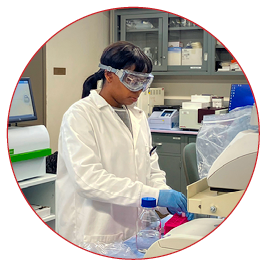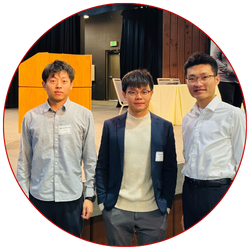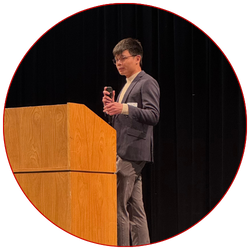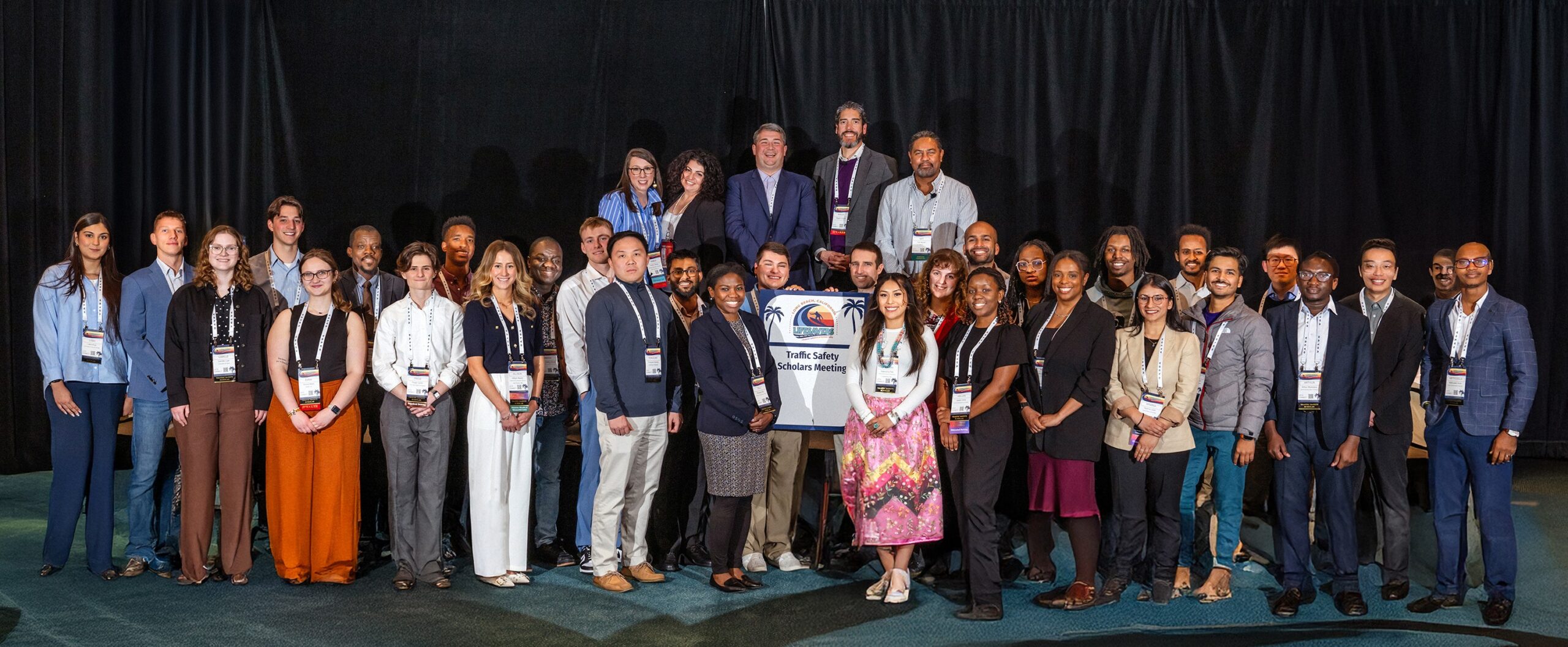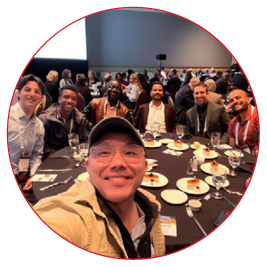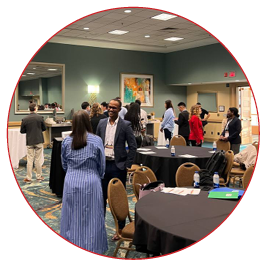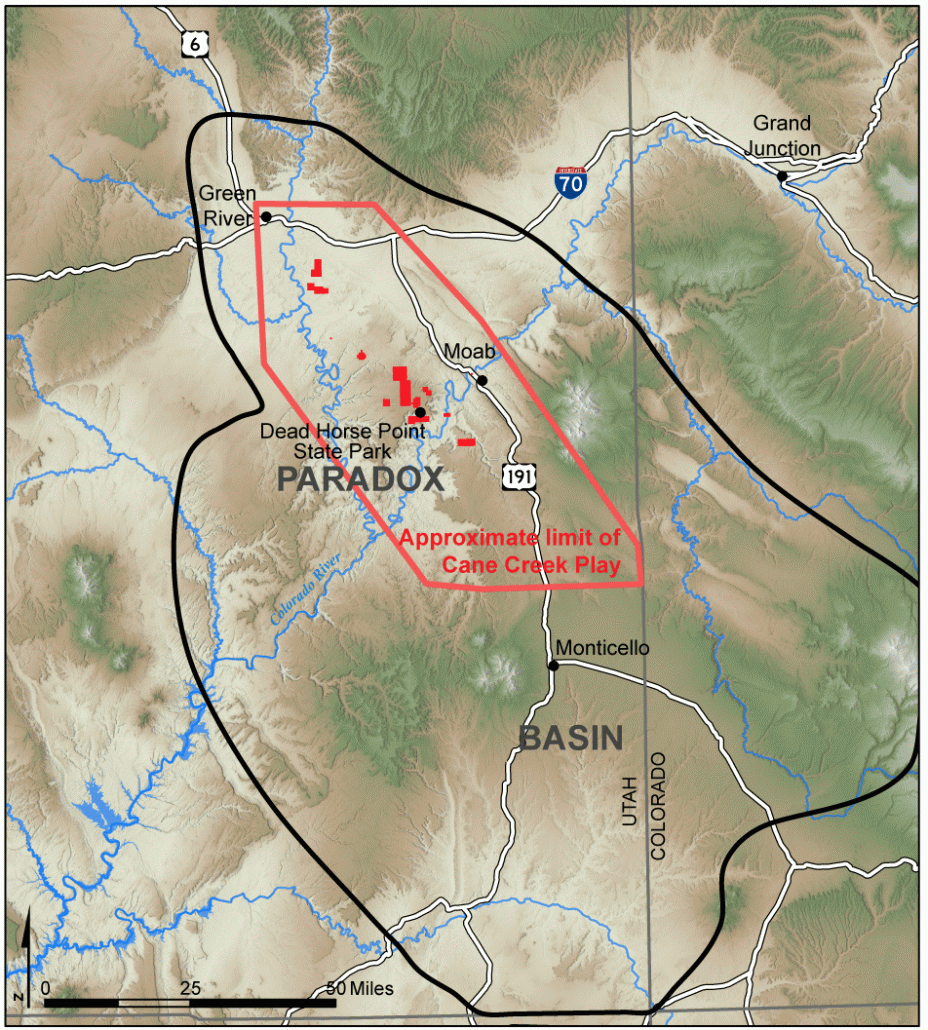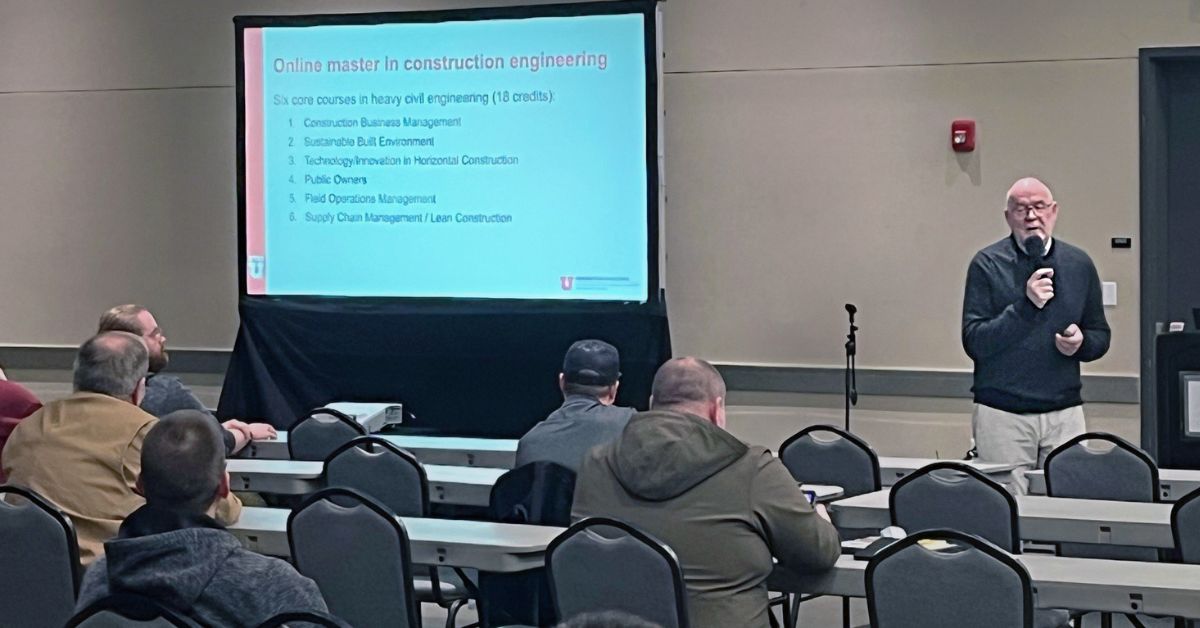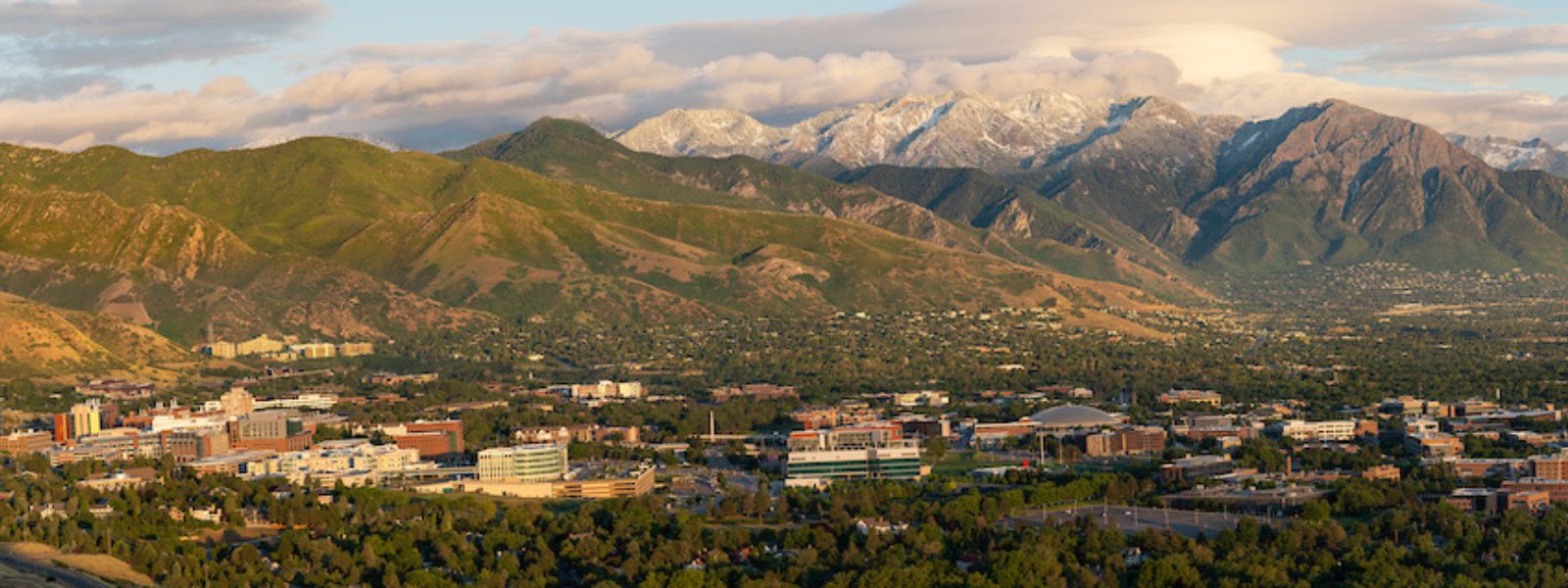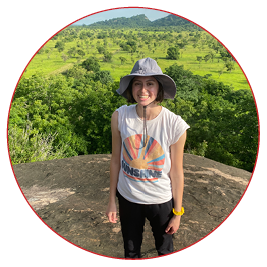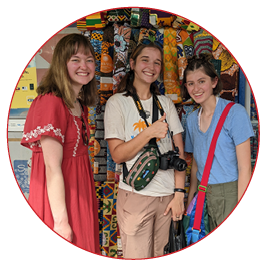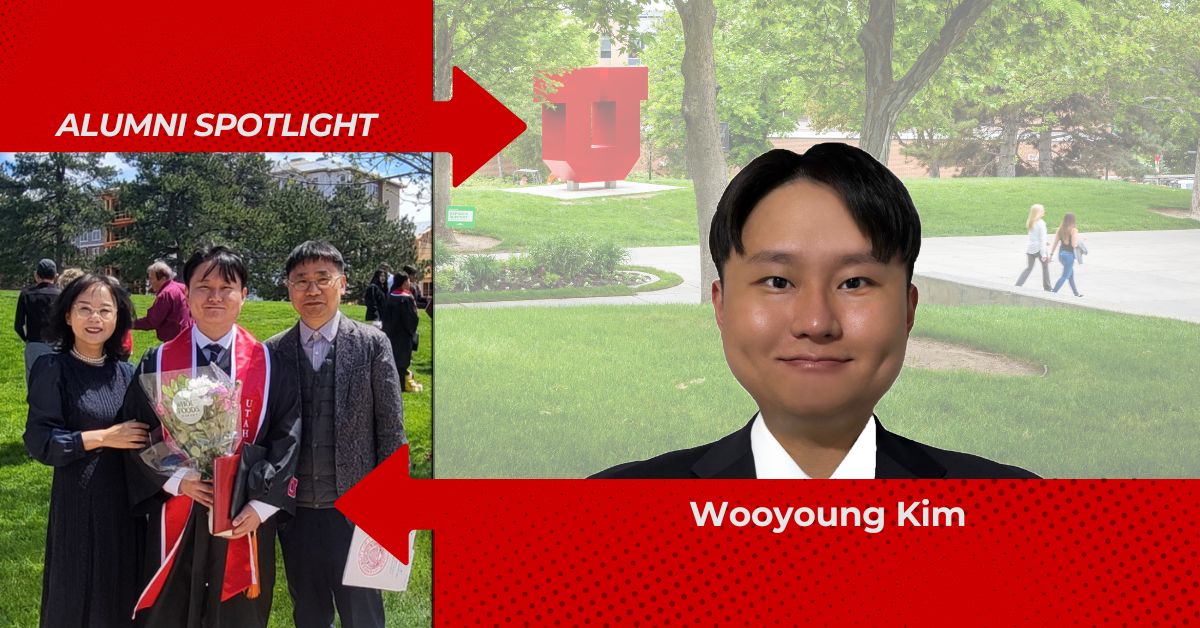On March 21, 2025, CvEEN had the honor of welcoming Dr. Yafeng Yin, Professor and Department Chair at the University of Michigan, Ann Arbor, as part of our Distinguished Seminar Series. His talk, "Seventy Years of Travel Forecasting: Charting the Next Frontier with AI," explored the evolution of travel forecasting and the transformative role of artificial intelligence in shaping future transportation models.
Dr. Yin was introduced by Dr. Cathy Liu, CvEEN Associate Professor, who highlighted her long-standing professional connection with him. Having first met Dr. Yin during her time as a Ph.D. student at the University of Washington, she recalled his insightful contributions to her doctoral research, particularly in the area of congestion pricing. Over the years, she has frequently engaged with him at conferences and benefited from his deep knowledge of transportation systems.
"Dr. Yin has been an incredibly insightful and supportive presence in the field," Liu said.
Dr. Yin’s talk highlighted multi-scale modeling and demonstrated two AI-driven applications transforming transportation analysis:
- End-to-end learning for integrated network equilibrium models
- Large language models for generative agents in activity-based microsimulation
After the seminar, a lively Q&A session evolved into continued discussions well into the evening as CvEEN faculty, staff, and graduate students gathered for an informal social event. The lively exchange of ideas throughout Yin's visit underscored the department’s commitment to fostering strong connections with leading experts and advancing the future of civil and environmental engineering.
Connections like those between Dr. Yin and Dr. Liu exemplify the strong professional networks that bring top-tier knowledge and innovation to the University of Utah. Stay tuned for more inspiring discussions in our Distinguished Seminar Series!
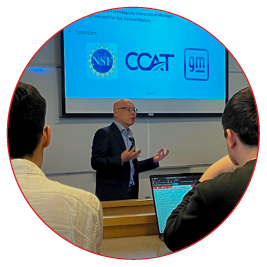
Dr. Yafeng Yin at the Distinguished Seminar Series
More news from our Department

World Oil Magazine Spotlights University of Utah Research on Hydraulic Fracturing
Fracturing Smarter: A New Approach to Hydraulic Stimulation in Unconventional Reservoirs Deep beneath southeastern Utah lies the Cane Creek play, a formation rich in unconventional tight oil. Traditional drilling and fracturing methods have been insufficient in extracting its resources efficiently, plaguing operators with significant challenges for decades. A study conducted at the University of Utah, […]
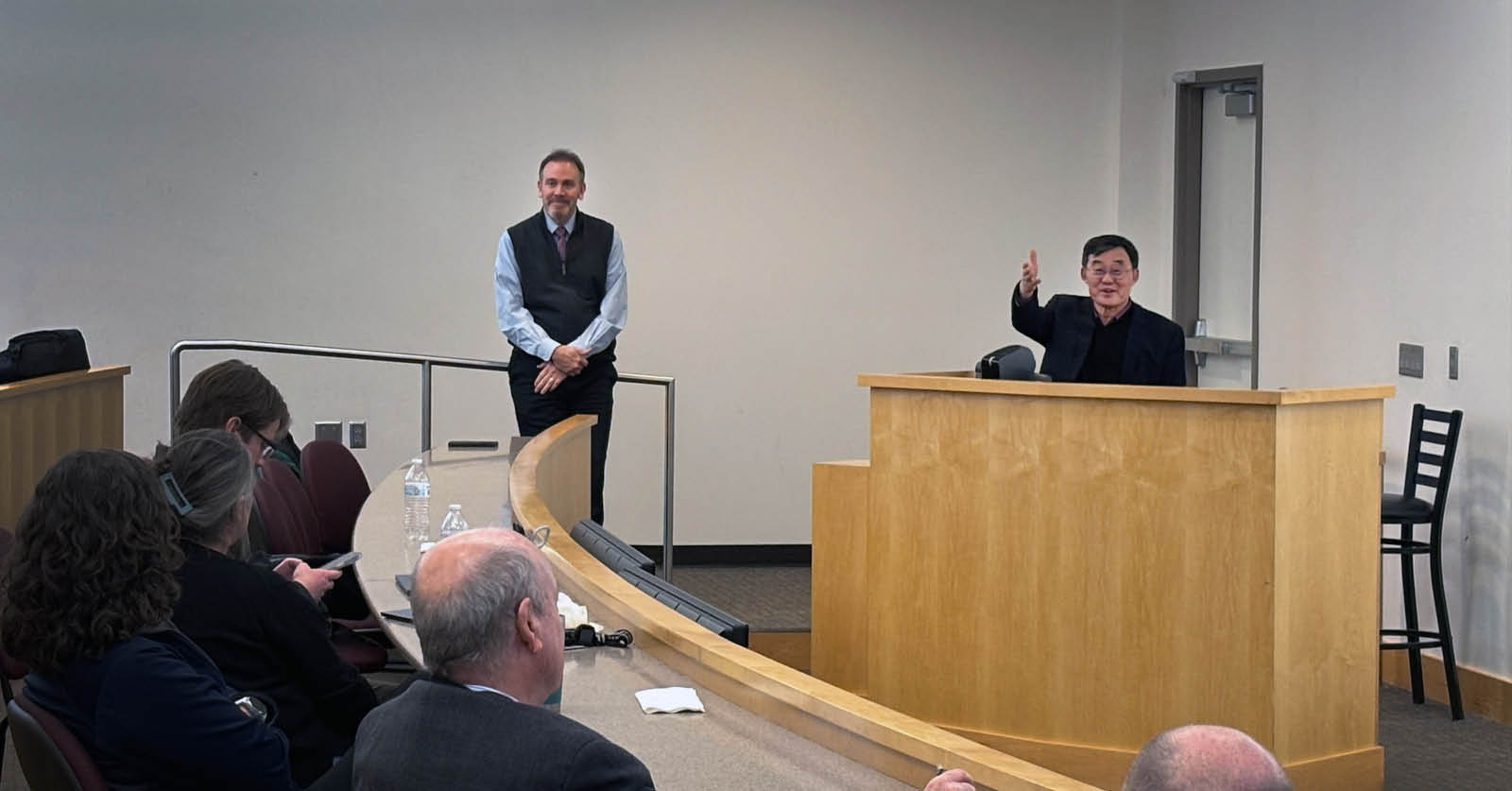
Department of Civil and Environmental Engineering Hosts Dr. Tianfu Xu at Inaugural Distinguished Seminar Series
Pictured above: Drs. Brian McPherson (left) and Tiafu Xu (right) answer questions in Layton Auditorium after Xu’s Seminar. On February 6, the Department of Civil and Environmental Engineering at the University of Utah launched its inaugural Distinguished Seminar Series, inviting leading experts to share cutting-edge research and advancements in the field. Dr. Brian McPherson, USTAR […]
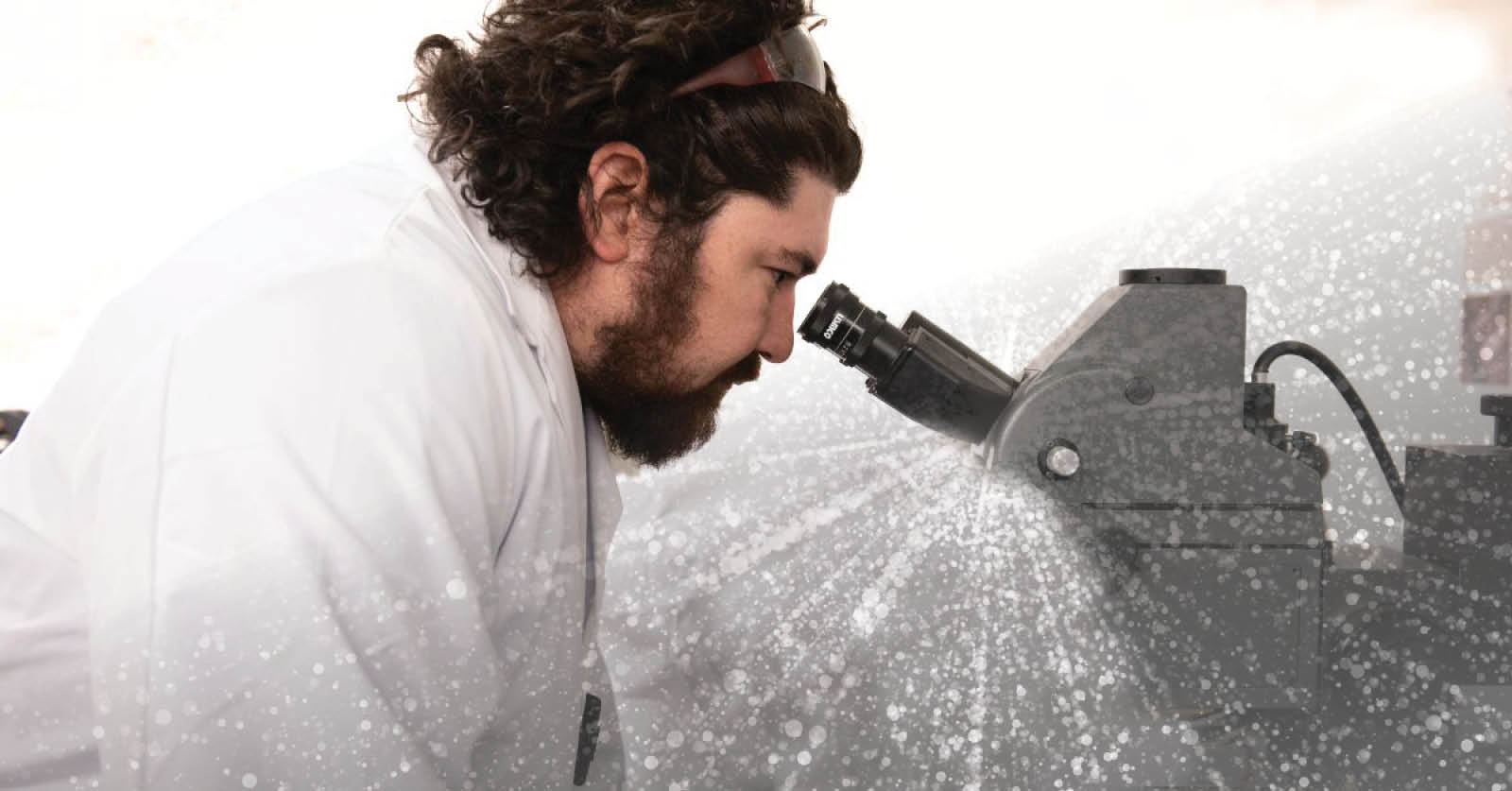
Nuclear Detective: U of U Professor’s Research is Enhancing National Security
Quantum Science and AI Meet Nuclear Forensics Detecting and analyzing nuclear materials is a critical challenge in global security, yet current methods often struggle with accuracy, efficiency, and scalability. One of the biggest gaps in nuclear forensics is the lack of advanced materials capable of reliably sensing radiation and providing clear, identifiable signals. Dr. Ed […]
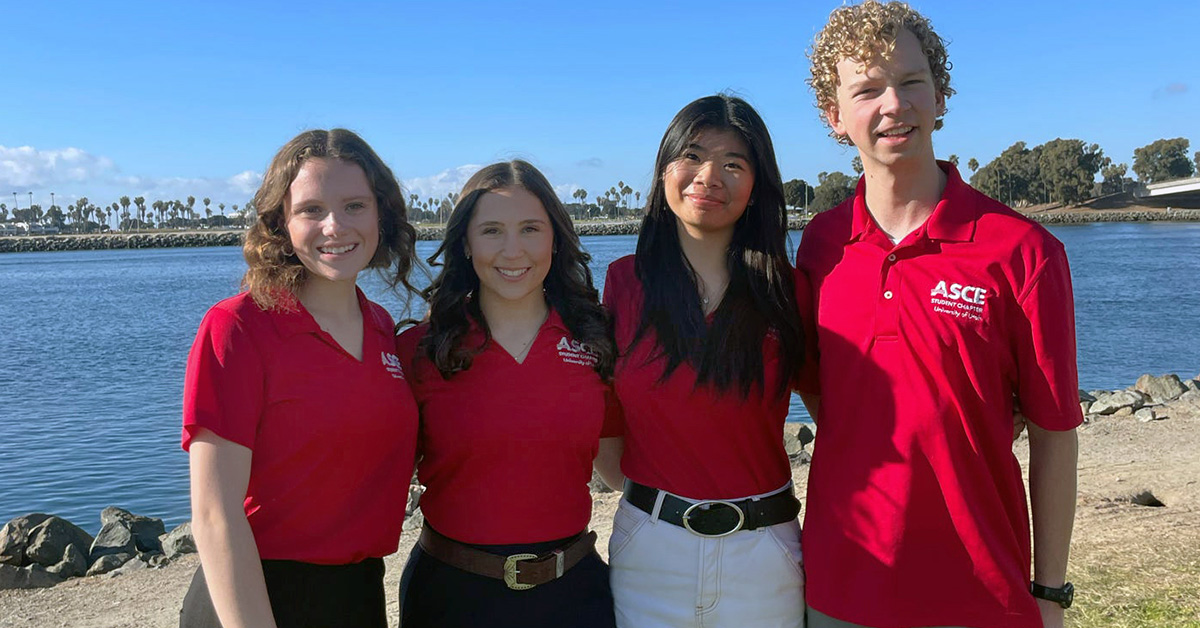
University of Utah ASCE Students Gain Leadership Insights at 2025 WSCL Conference
The American Society of Civil Engineers (ASCE) hosted the 2025 Regions 8 & 9 Workshop for Student Chapter Leaders (WSCL) and Practitioner and Faculty Advisor Training Workshop from January 17–18 in San Diego, California. This annual event brings together student chapter leaders, ASCE younger members, and regional professionals for networking, leadership development, and insights […]


